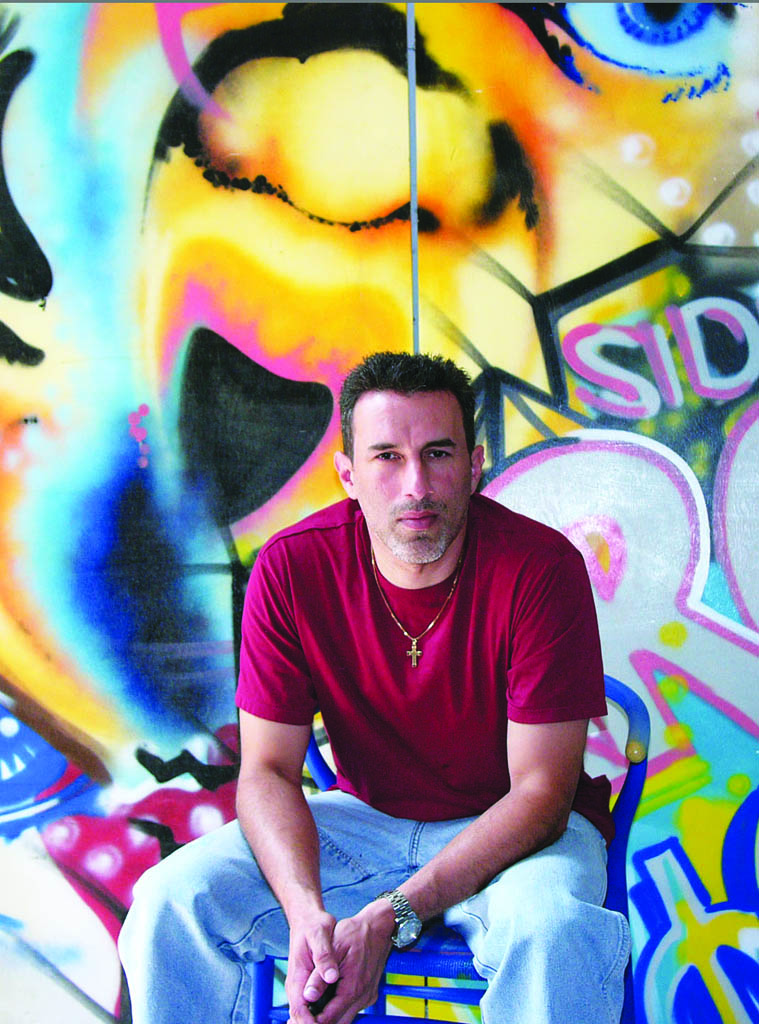
CRASH, from the 4-Train to Fenders
A Retrospective (Cover story for Venü's Inaugural issue, May/June 2010)
“CRASH”— named after a computer glitch that happened after he turned a computer on in school—is known around the world by that name, but to me, he has always been “Dad.” As this feature is a retrospective of his artistic career, it’s also like a big photo album of my childhood. Some of my earliest memories have been of my dad taking me to his studio in the South Bronx, and being given pastels and a small canvas to entertain myself as he created monstrous works on his canvas with spray paint.
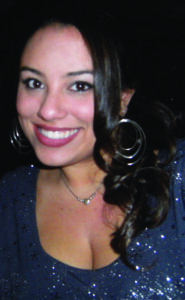
Anna Matos
Drawing from other artists like James Rosenquist, Jasper Johns, and Robert Longo, he took graffiti from the subways and the streets and brought it to the forefront of the art world. You can call him “a street kid who got lucky,” but I have always seen my dad as someone who had a vision and went for it—regardless of where he came from or how he did it….
But don’t try to pigeonhole my dad either. He has always experimented with different media and techniques. Our house and his studio are filled with spray paint of course, but also oil paints, acrylics, pastels, watercolors, etc. His style can’t be called one thing—realistic, figurative, collage, or abstract—it all blends into one that is uniquely his. Colors of pop art, the immediacy of expressionism, almost cubist-like segmentation—all spill onto the canvas like pieces of a puzzle for you to look at and read.

Icey grape

midg crash daze 7787

sir crash mr dealt
His art has always been evolving and changing. From the old New York City trains to his most recent ventures—the Crashocasters, his evolution, according to him, has been deliberate. Like the graffiti itself, it was constantly new, changing, and anything but slow. Stuart Pivar, founder of the New York Academy of Art, has said, “His is a lavish gift to the eyes and a statement in time and space that celebrates the movements and change of an ever-changing world.” He jumps from one thing to the next, but it is always calculated. The Crashocasters are a perfect example. Spray-paint a guitar—sounds easy enough. The Crasho-casters are a series of Fender guitars that my dad has painted on. It began as a joke, oddly enough, when my dad wanted to paint a guitar for Eric Clapton. Eric liked it so much, and it all snowballed from there. The name “Crashocasters” was given by Eric’s technician, Lee Dickson, and that is how his guitars have been known since. Eventually my dad’s career had to include music. I can’t remember a time when music wasn’t playing as he painted. Most of our conversations are about music. Designing clothes and bags is also now part of his career. It just goes to show how art is affected by and can affect other forms of expression.
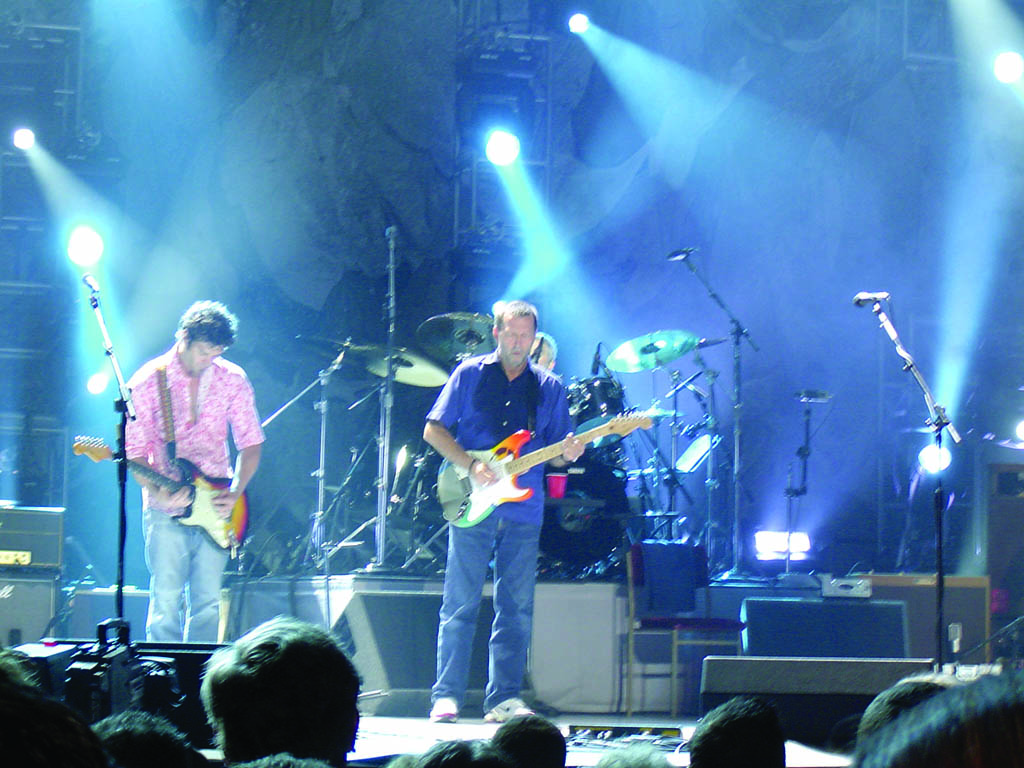
Eric Clapton, playing a Crashocaster
John Leguizamo, a famous stage and film actor from movies such as Moulin Rouge, Summer of Sam, and Ice Age as well as a school friend of my dad’s, has said, “he could have gone elsewhere; but no, he stands up for, and defends, the graffiti artist in each and every one of his works. They have the power to uplift you, awe you, and sucker-punch you.” Is that not what art is? Graffiti is the art of the people. Maybe that is the reason my dad is still so down to earth—for him, art is for the people, so why act as if you are not one of them? I have always admired my dad for that, even if I don’t tell it to him that much (he can’t afford to get a big head; no one knows that like me). But no matter how popular his art ever gets, he is still that same teen from the South Bronx sneaking into the train yards at night to have fun. He may be in a studio now, and have as much time as he wants to create, and there may be no sirens and police chases, but there may always be that sense of danger. To me, he will always be my dad, dragging me along to his studio with pastels and a little canvas for me to draw on.
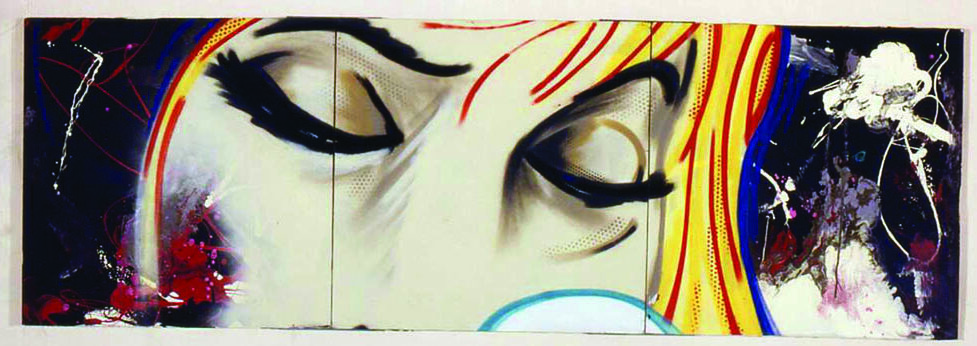
Spray Paint and Enamel on Canvas, 34″ x 72″, 3 parts, 1987
But now, this is my show as much as it is his. This is the atmosphere I grew up in, and it will always be a part of me. It has shaped, in some way, who I am. I will always be my father’s daughter, sitting in the studio drawing while he painted. Only today, I am standing tall in a gallery, filled with my childhood memories. I am proud to be the daughter of CRASH, and always will be. So I welcome all of you here, and as John Leguizamo said, “I am the real victor, and all those who visit my abode (and) witness…the Power of CRASH.” Enjoy, and get ready to be in awe.
Bronx Bomber: Crash
by PHILIP ELIASOPH Professor of Art History, Department of Visual & Performing Arts

Philip Eliasoph
credit: Erin Gleeson Studio NYC
Most people conjure up bronzed headstones with plaques out in Yankee Stadium’s centerfield when the fabled careers of Babe Ruth, Joe DiMaggio, and Mickey Mantle come to mind. The legendary spirits of those pin-striped titans are eternally enshrined in that public space. But somewhere on another ‘field of dreams,’ out in a bizarre landscape where a razor-sharp boundary separates the barbed wire of the Metropolitan Transit Authority’s rail yards and the venues of major international museums and galleries, John (CRASH) Matos casts his long shadow. Fairfield University was honored to pay tribute to one of the graffiti-All Stars, the Bronx Bomber of the art world: CRASH.
A breakout ‘rookie season’ show for the 20-year-old artist was staged in 1981 at Real Art Ways, an alternative loft space in downtown Hartford, Conn. The next year he was invited to Fashion Moda, a collective arts space near The Hub at 147th St. at 2803 Third Avenue where urban blight was being transformed with a flowering of street art. CRASH really ‘swung for the fences’ in 1984 being invited to show in one of Manhattan’s hottest art venues: the Sidney Janis Gallery. Janis was the birthplace of Pop art where superstars like Warhol, Lichtenstein, and Rosenquist were shown in the landmark ‘New Realism’ show of 1962.
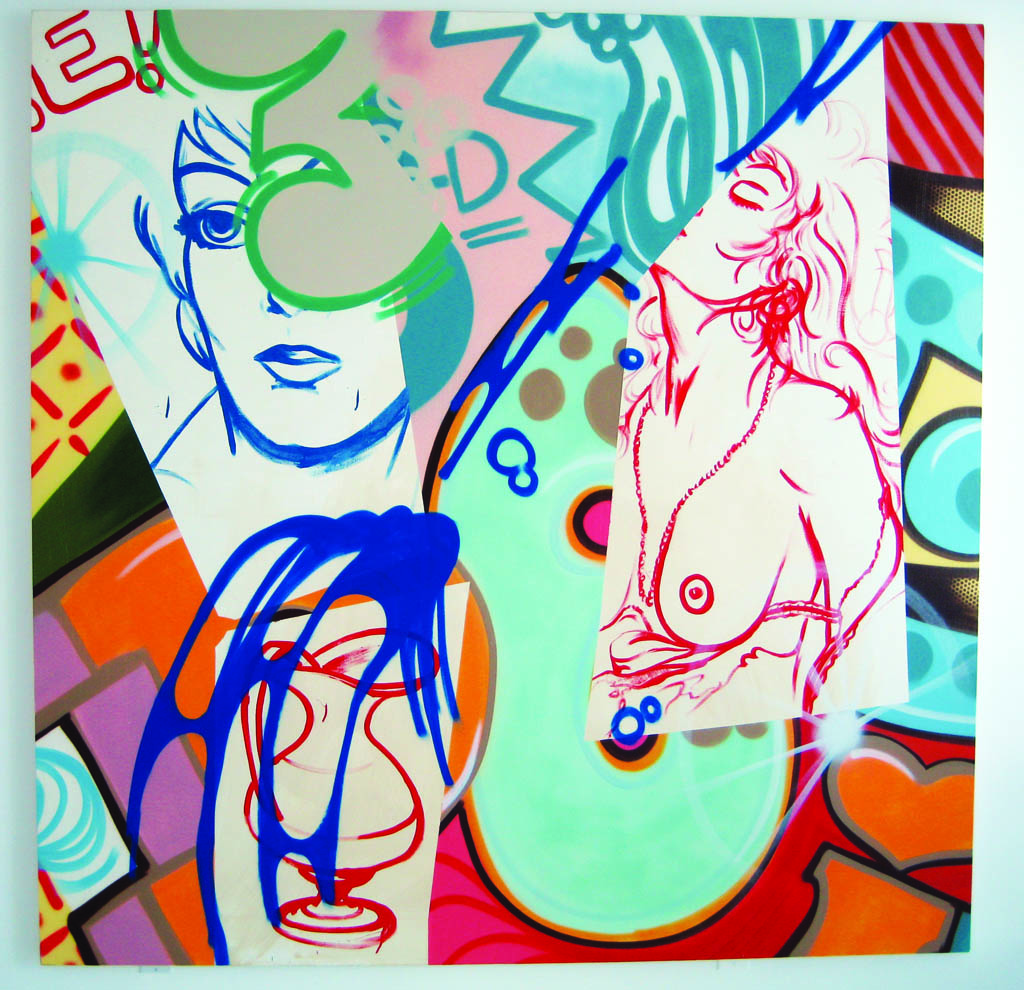
Spray Paint and Enamal on Canvas, 79” x 79”, 1990, Collection of Robert J. Fiore
Along the way, CRASH painted backdrops and murals for the Twyla Tharp dance group (1981), the Casino de Ibizia (1992), the Wildlife Conservation Society at the Bronx Zoo (1994), and the new Esplanade in Singapore (2005). The transit cops, the art collectors, and the museum curators have not stopped chasing him. His newest images are as explosively fresh and dynamic as works dating to his ‘breaking in’ phase 30 years ago.
Establishing a global visibility byond his Puerto Rican heritage in the barrios of the South Bronx, his ‘tagging’—nom de spray—works arein the permanent collections of the Museum of Modern Art, Stedelijk Museum, Amsterdam, Museum Boymans-van Beuninger, Rotterdam, and private galleries of Silvana and Enrico Coveri in Milan and Florence; Giovanni Agnelli, Milan, and Dakis Jannous, Athens, Greece. With more vintaging and art historical perspective, he is now taking on the aura as one of graffiti art’s living “Old Masters.” But he still rocks like a kid, stays in a cool groove, and keeps bombing away in his jeans, sweatshirt, and sneaks!
“Growing up in my hood, you noticed what’s around you, and graff was the design,” he explained in The New York Times. “Graffiti” originates from the Greek word graphein (to write) and is commonly adapted from the plural of the Italian term graffito.We know that Leonardo, Michelangelo, and Raphael included secret messages within their calligraphic flourishes.
Some early influences were older kids in the neighborhood who were being “showcased” including KAZOO143, CEN2(RIP), and EASE707—this was his informal ‘art school training.’ CRASH was a child of the techno-age eponymously named after a computer breakdown. He adapted this tag because “in my first year of high school I was learning about business careers and chose computer programming as my major.” Claes Oldenburg nailed it: “You’re standing there in the station, everything is gray and gloomy and all of a sudden those graffiti trains slide in and brightens the place like a big bouquet from Latin America.”
Once upon a time, after Warhol and Rosenquist pioneered the Pop explosion of the 1960s, but before Takashi Murakami and Matthew Barney exploited a hyper-visuality in the 1990s, CRASH exploded onto the scene. His language was a visual mix of blended styles and rhythms not unlike the dual-audio mixing of the ‘godfather of hip-hop’ DJ Kool Herc (who also came from the Bronx creating neighborhood dance marathons at 1520 Sedwick Avenue).
“Pow” with that bubble, “top to bottom” that subway war, “freestyle” those wrap-arounds, “blast” that Krylon can and “zip those tags!” This was all the zeitgeist of a moment of America’s richly diversified cultures. A time and place now fading into memory. It was a hallucinatory, Afro-Latino-Carib-Jazzy-Blues-Acid-Rock style that made NYC subway graffiti a venerated “style” in the same distinctive manner as past movements, Cubism, Fauvism, or Abstract Expressionism. Tony and Maria lamented: “Somewhere there is a place for us,” beyond West Side Story. CRASH discovers that imaginary locus—now.

Spray Paint on Canvas, 56″ x 68″, Private Collection
What was the South Bronx like in the mid-1970s when the juvenile Matos first grabbed a bag of wide-nozzled, multi-colored spray cans? New York City was at its Dantesque nadir in the lowest circle of urban Hell. Broke, demoralized, and invaded with ubiquitous cocaine and Superfly heroin flowing in from South America and Southeast Asia, no wonder President Ford was (misquoted) in the now famous New York Daily News headline of October 30, 1975: “FORD TO CITY: DROP DEAD.” The Big Apple felt abandoned, and felt rotten to the core. Who wouldn’t have fought back through art, creativity, and self-identifying tags? “Hey, Mr. Dudes out there—we are alive; the apocalypse hasn’t killed us yet; check out our street cred—Zap, Slash, Stroke—take that if you think we are invisible!”
Today, CRASH has taken graffiti’s ancient language of visual expression to a new plateau. His distinctive imagery and personal style reflect that indelibly etched lyric by Simon and Garfunkel in “The Sounds of Silence.” “The words of the prophets were written on the subway walls and tenement halls.” Exciting, inventive new artworks loom on the horizon. We are joyously confident in knowing CRASH is still a vibrant force—and has no sign of being “burned.”
This article is reprinted from the Thomas J. Walsh Gallery Quick Center for the Arts by permission.

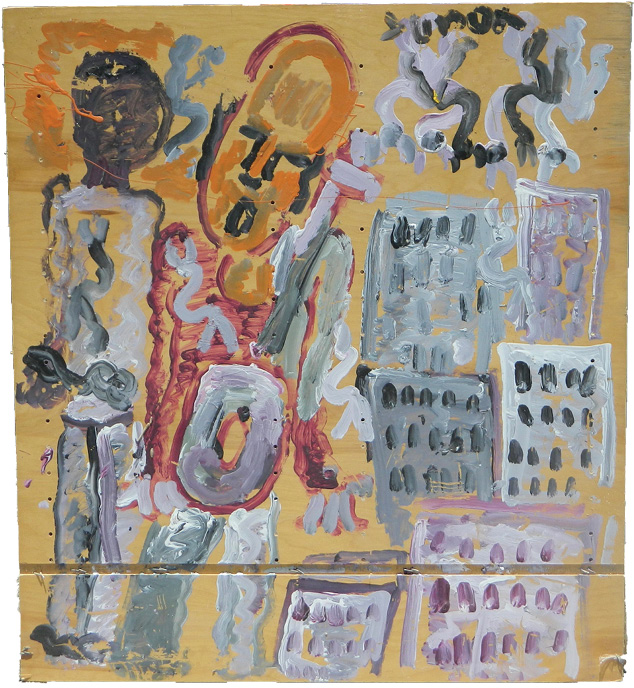
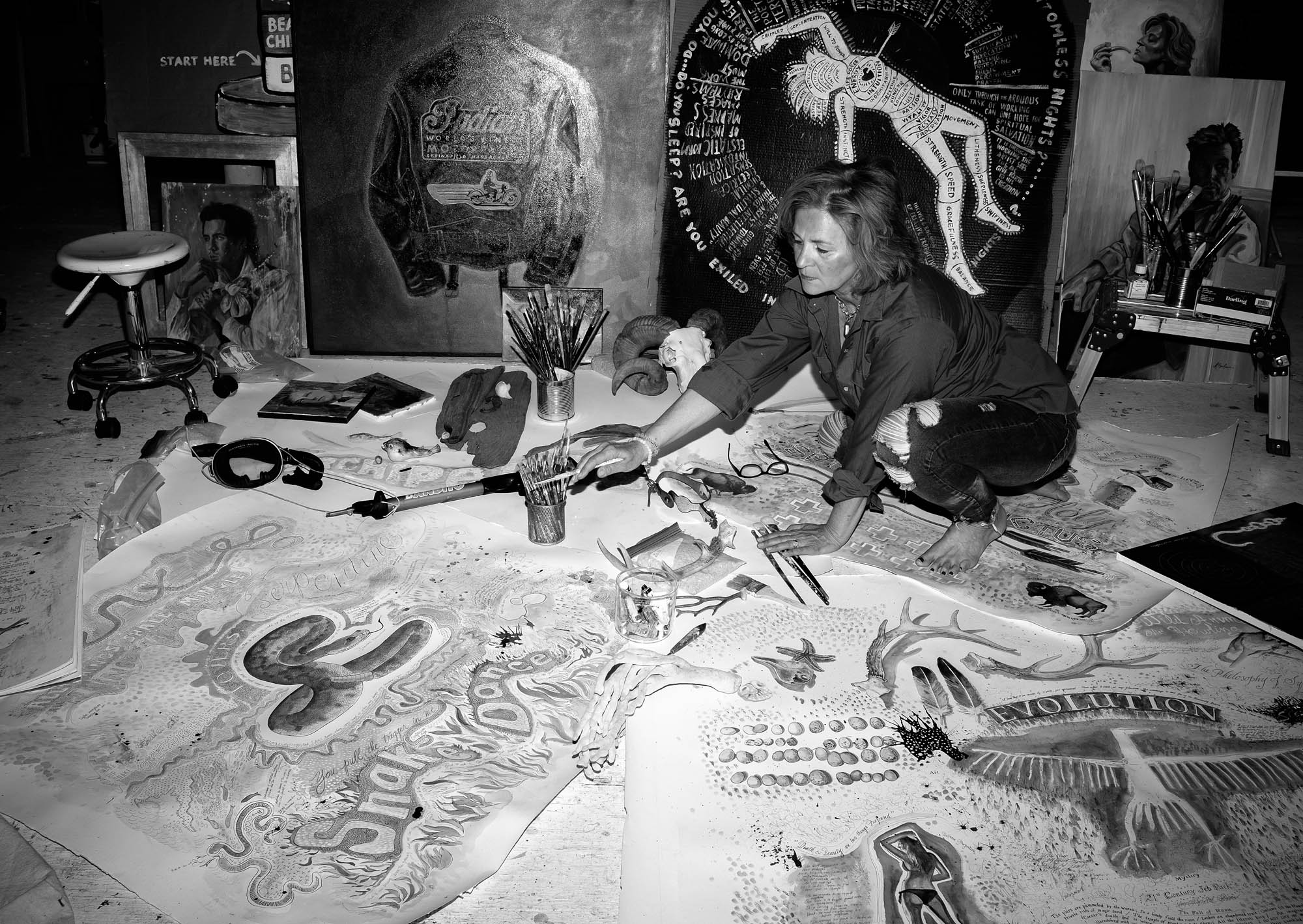
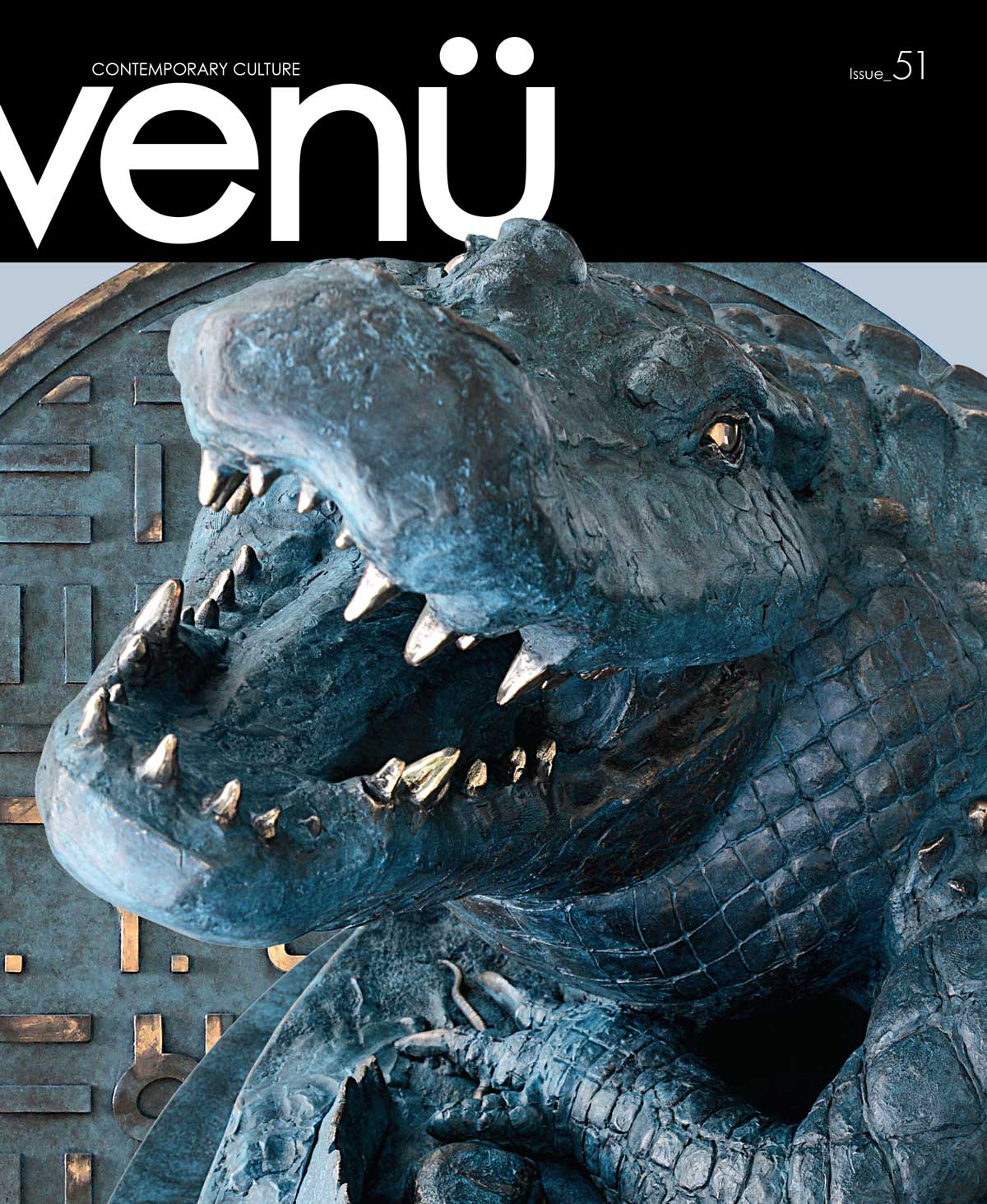
Leave a Reply